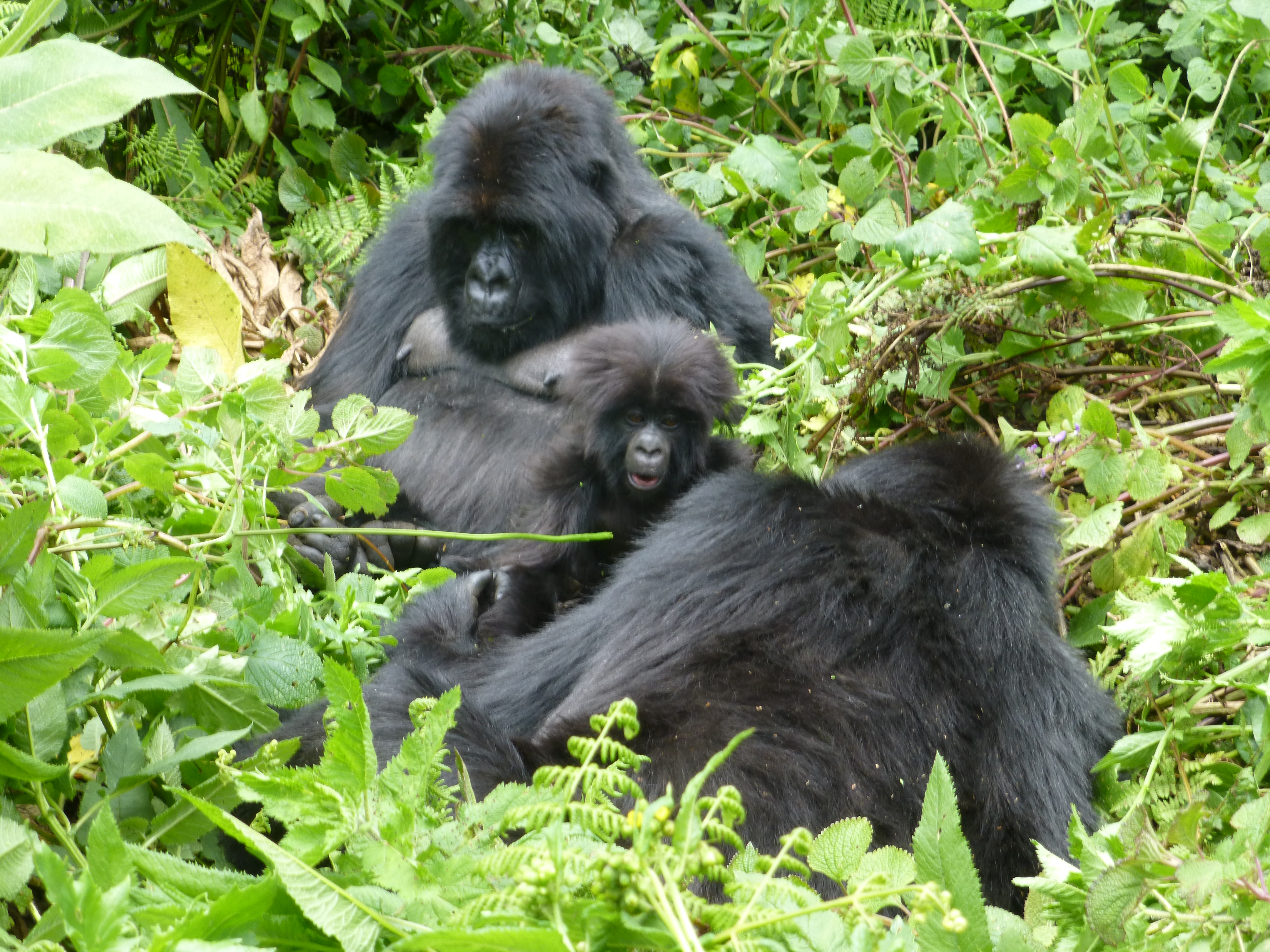- Home
- Uganda
- Uganda Safaris
- 19 Days Bird watching Uganda safari
- 18 Days Uganda wildlife & gorilla safari
- 14 Days best of Uganda wildlife safari
- 14 Days best of Uganda wildlife safari
- 12 Days Midrange Pearl of Africa Tour
- 11 Days Uganda safari & cultural tour
- 11 Days Uganda Gorilla & Wildlife Safari
- 10 Days Uganda wildlife safari
- 10 Days Uganda Exclusive luxury safari
- 9 Day Uganda Family safari – Mid range
- 9 Day Rwenzori Margherita Peak Trek
- 8 Days Uganda Exclusive Wildlife Safari
- 8 Day Uganda wildlife Budget safari
- 8 Days Mountain Elgon Hike in Uganda
- Uganda Safaris
- 7 Days Gorillas, Chimps & Shoebill Safari
- 6 Day Mgahinga Gorilla Park via Kigali
- 6 Days Uganda Gorillas & Wildlife safari
- 6 Days Gorillas and Murchison Falls safari
- 5 Days Sipi trail hike on Mountain Elgon
- 5 Days Uganda road trip to Kidepo
- 5 Days Uganda Wildlife Safari
- 5 Days Rwenzori climbing safari
- 4 Days Queen Elizabeth Safari
- 4 Days Mgahinga Gorillas & Golden Monkeys
- 4 Days Lake Bunyonyi with gorilla tracking
- 4 Days Kidepo Wildlife Safari
- 4 Days Kibale and Queen Elizabeth safari
- 4 Days Sipi Falls and Pian Upe wildlife safari
- 4 Days hiking on sasa trail
- Fly-in Safaris
- More Uganda Safaris
- 4 Days fishing and the Big five safari
- 4 Days Uganda Gorilla Safari from Kigali
- 3 Days Chimpanzee habituation tour
- 3 Days Chimpanzee tracking tour
- 3 Days Uganda Gorilla tracking safari
- 3 Days Kibale forest chimp tracking tour
- 3 Days Murchison falls wildlife safari
- 3 Days Queen Elizabeth safari
- 3 Days Semliki National park safari
- Uganda Safaris
- Rwanda
- Kenya
- Tanzania
- Tanzania Safaris
- 22 Days Uganda – Kenya – Tanzania and Zanzibar
- 16 Days Safari in the Northern circuit
- 13 Days Tanzania Safari+ Zanzibar Holiday
- 12 Days Honeymoon Tanzania and Zanzibar
- 11 Days Tanzania Zanzibar Trip
- 10 Days Tanzania Safari Package
- 9 Days Safari Vacation Tanzania(Wildebeest migration)
- 8 Days Tanzania Holiday
- 6 Days Masai Mara & Serengeti Safari Holiday
- Tanzania Safaris
- 11 Days climbing Kilimanjaro – northern circuit
- 10 Days Zanzibar Island
- 9 Day Masai Mara and Serengeti Safari Holiday
- 8 Days climbing Kilimanjaro – Marangu Route
- 6 Days Tanzania Northen Circuit Safari
- 4 Days Tanzania Safari Extension
- 4 Days Serengeti and Ngorongoro Crater Safari
- 3 Days Tarangire, Ngorongoro & Lake Manyara
- 3 Days Serengeti Safari Package
- Fly-in Safaris
- Tanzania Safaris
- Zimbabwe
- Congo
- Congo Safaris
- 11 Days Combination Adventure Burundi, Rwanda and the DRC
- 9 Days Combination of Gorilla Trekking (the DRC & Rwanda)
- 8 Days Rwanda, Uganda & Congo (DRC) Gorilla Trekking Trip
- 7 Days Mountain & Lowland Gorilla Tracking Rwanda & Congo
- 6 Days Combined Adventure Bonobos & Lowland Gorillas DRC
- 5 Days Lowland Congo Gorilla Trek Safari
- 5 day gorillas golden monkeys and Nyiragongo hike
- Congo Safaris
- 5 Days Uganda Gorilla Trek and Nyiragongo Volcano Hike
- 5 Days gorilla tracking Congo with Nyiragongo Volcano hike
- 4 Days Congo Gorilla Trek and Nyiragongo Volcano Hike
- 3 Days Lowland gorilla tour in Congo
- 3 Days Eastern Lowland Gorilla Trekking in Congo
- 3 Days Mount Nyiragongo Volcano Hiking Trek
- 3 day Nyiragongo volcano tour
- Congo Safaris
- About Us
- Get In Touch

 Yes you can see mountain Gorillas on our Gorilla trekking safaris in Uganda’s Bwindi Impenetrable Forest, Mgahinga Gorilla National Park and Rwanda’s Volcanoes National park. At the moment, it is not safe to go gorilla trekking in Congo’s Virunga National park due to war. The park is closed at the moment and as soon it opens, we will resume with organizing gorilla tracking tours to this amazing national park.
Yes you can see mountain Gorillas on our Gorilla trekking safaris in Uganda’s Bwindi Impenetrable Forest, Mgahinga Gorilla National Park and Rwanda’s Volcanoes National park. At the moment, it is not safe to go gorilla trekking in Congo’s Virunga National park due to war. The park is closed at the moment and as soon it opens, we will resume with organizing gorilla tracking tours to this amazing national park.